We docked early in the port of Areca in Northern Chile and by 9am were on our way for a journey of about 600 miles to a small town called San Pedro De Atacama.
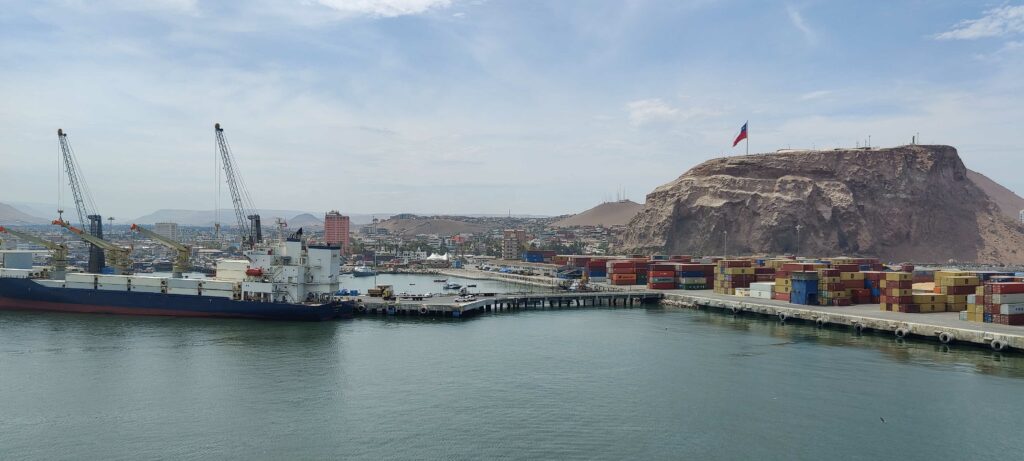
We stopped briefly at the top of the hill in the picture above for a magnificent view of the harbour, and the Balmoral in dock (with a lifeboat drill in progress).
The hill had been the scene of a battle with Peru. The Chileans won the day claiming a great victory and the bunkers along with various guns have been preserved as a type of monument.
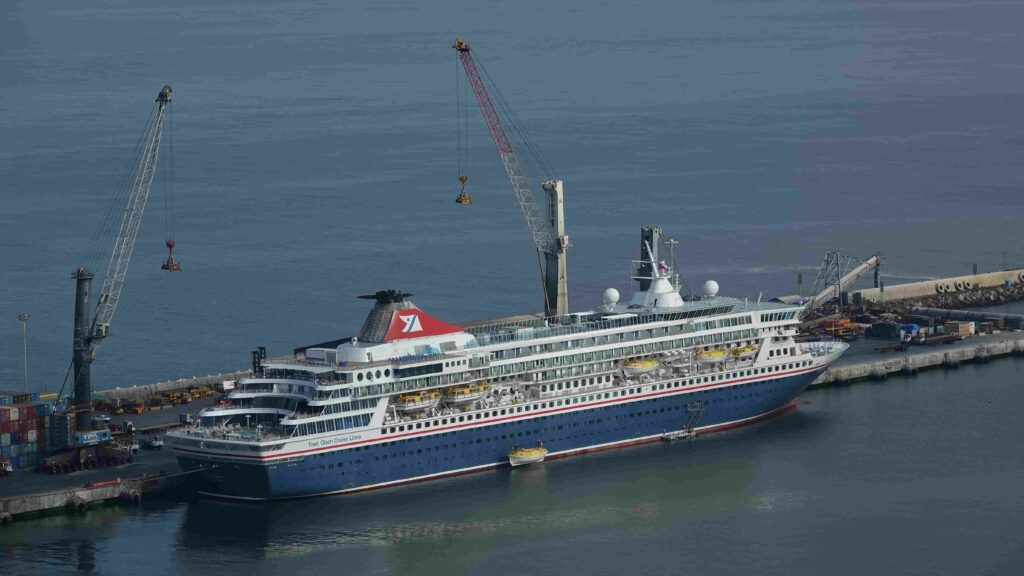
We were immediately in the desert and travelling through scenic mountainous areas, but the land was mostly barren, dry, rocky and gritty. Occasionally we crossed rivers flowing down from the melting glaciers in the Andes mountains and the vegetation provided a colourful interruption to the bare landscape.

We stopped for lunch at a saltpetre mining town. It was disbanded in the 1930s and has been preserved as a museum.
It was very hot there and extremely unpleasant for the workers who were paid in a company currency that they could only spend in the company owned facilities, so they effectively became trapped in the town.

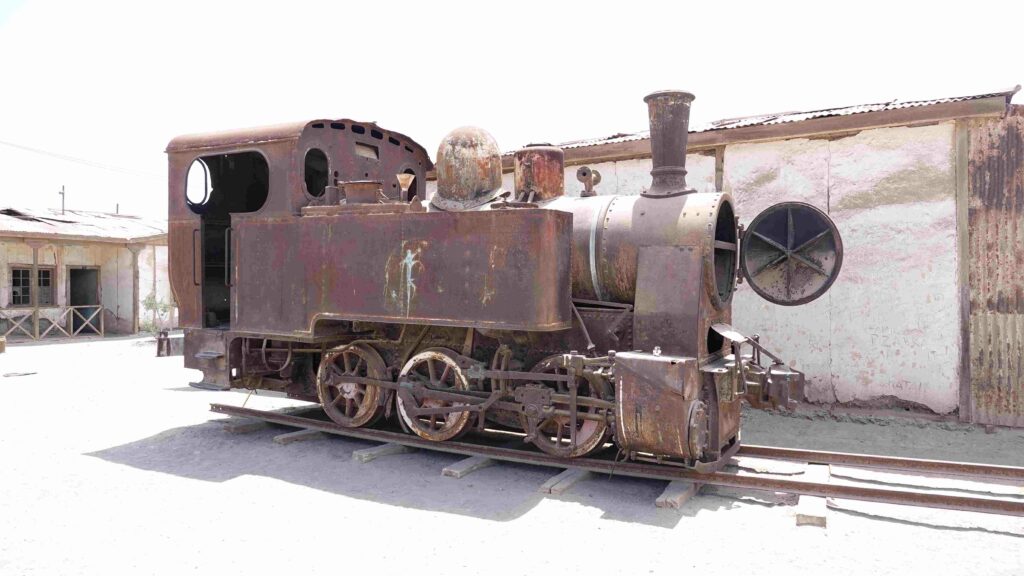
Later we stopped briefly to see markings in the hills, similar in appearance to the “Nazca lines”. I think these were said to be made in about 300AD to 500AD, much more recent than Nazca,
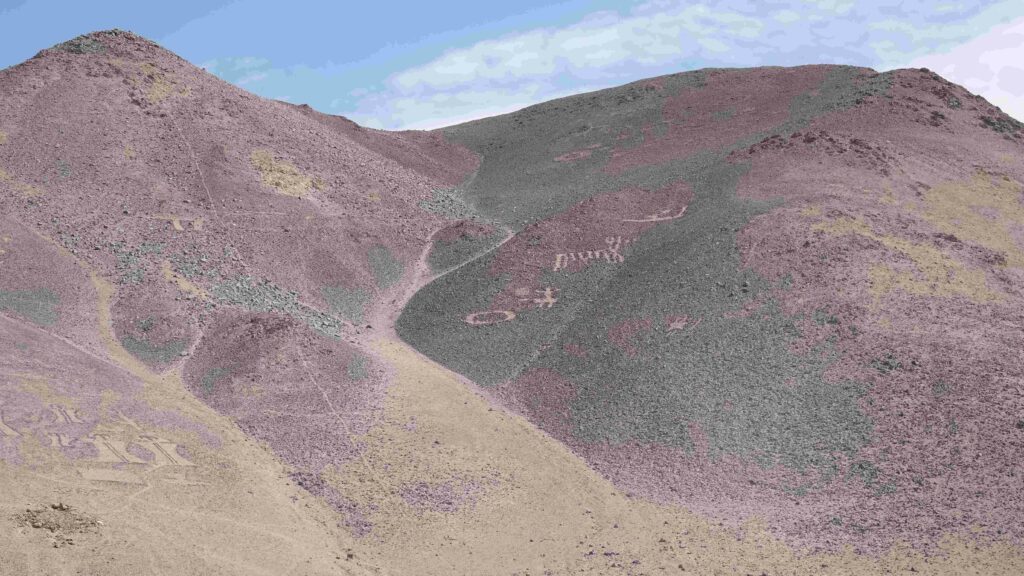
After a very long and tiring day we eventually arrived at our hotel at about 11pm and sat down to dinner at midnight!
In daylight the next morning we found ourselves in a delightful oasis location. The hotel had beautiful grounds and a very nice swimming pool, to help us recover from the previous day’s endurance.

We walked through the town later that day. San Pedro De Atacama is an old town mostly constructed in the 1500s and strictly preserved in its original state/style. All the roads are still the original dirt-tracks and all the buildings, including our hotel, are constructed using adobe (mud and straw).
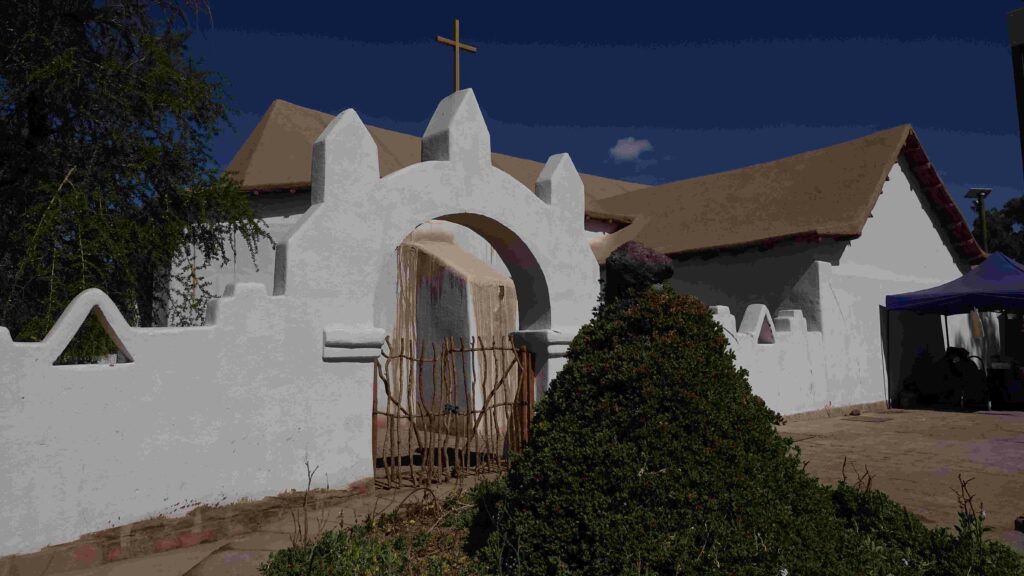

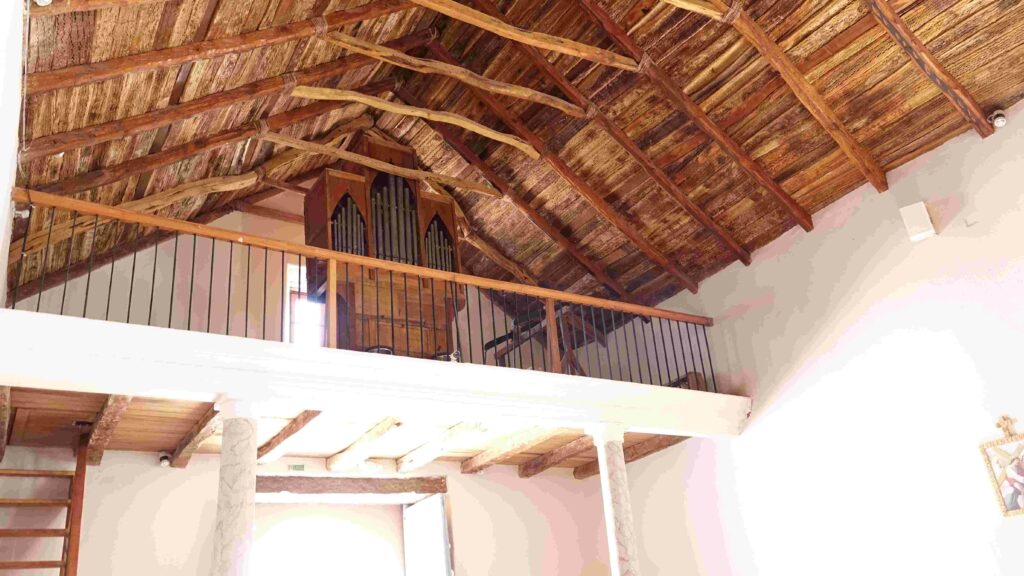
The unsurfaced roadways are made from compacted sharp and gritty, desert sand, fine to walk on with closed shoes but very uncomfortable with sandals.

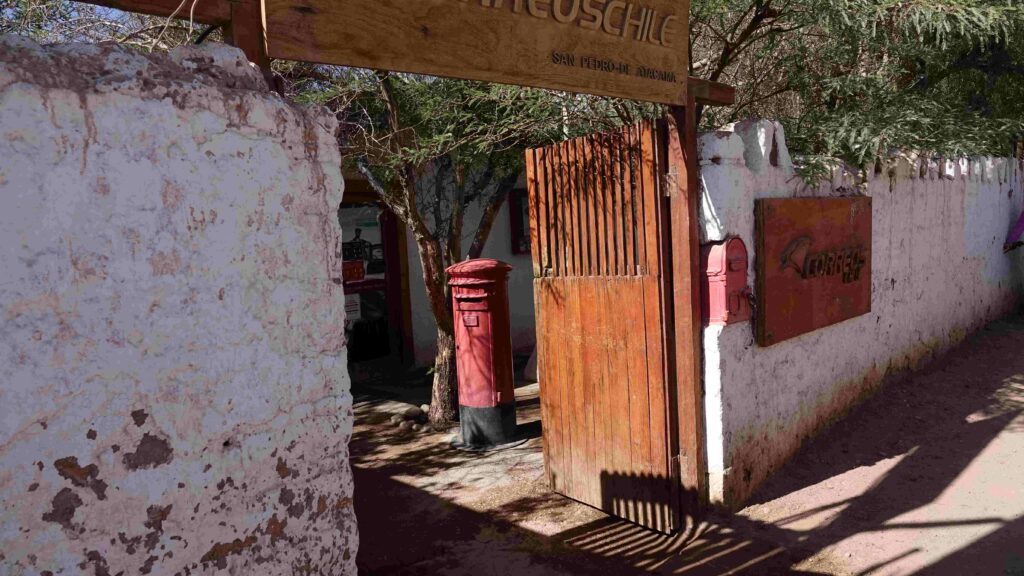
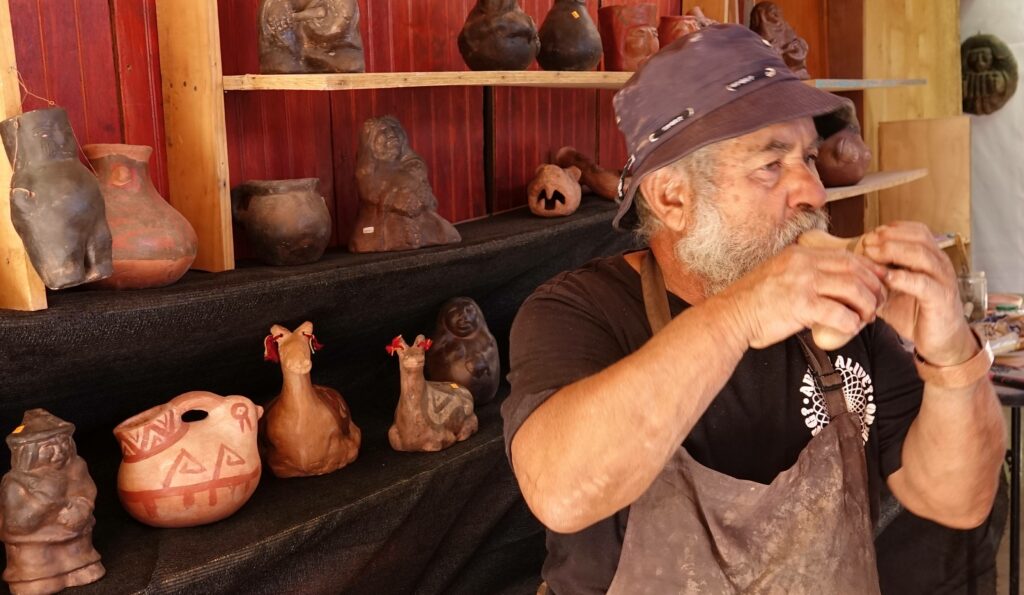
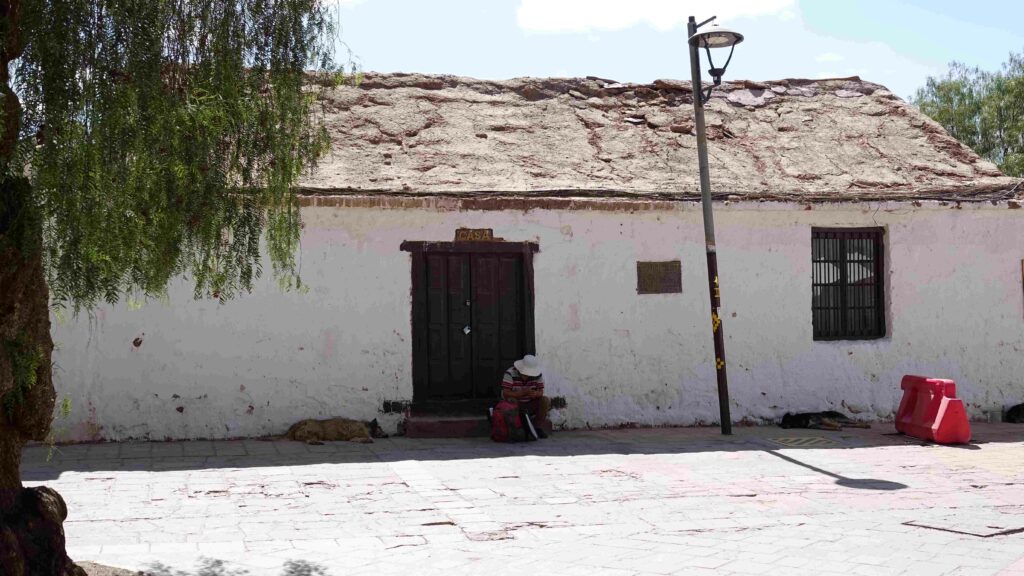
The following day we visited the remains of an ancient (pre-Inca period) hill fort.

The fort location provided stunning views of the snow capped distant mountains in the Andes range. The sight of snow in the blistering desert heat seemed weird, but it was a long way away.
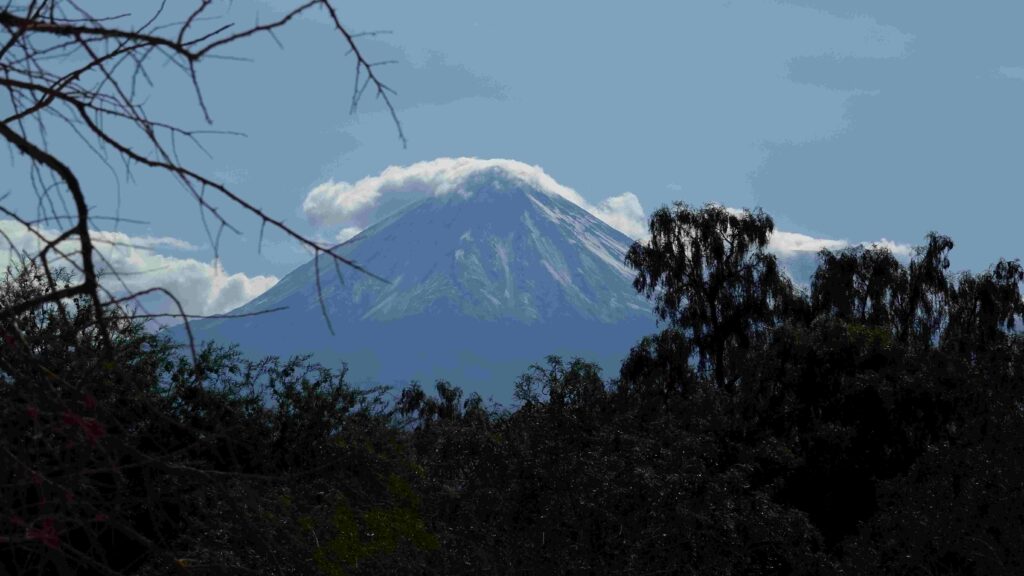
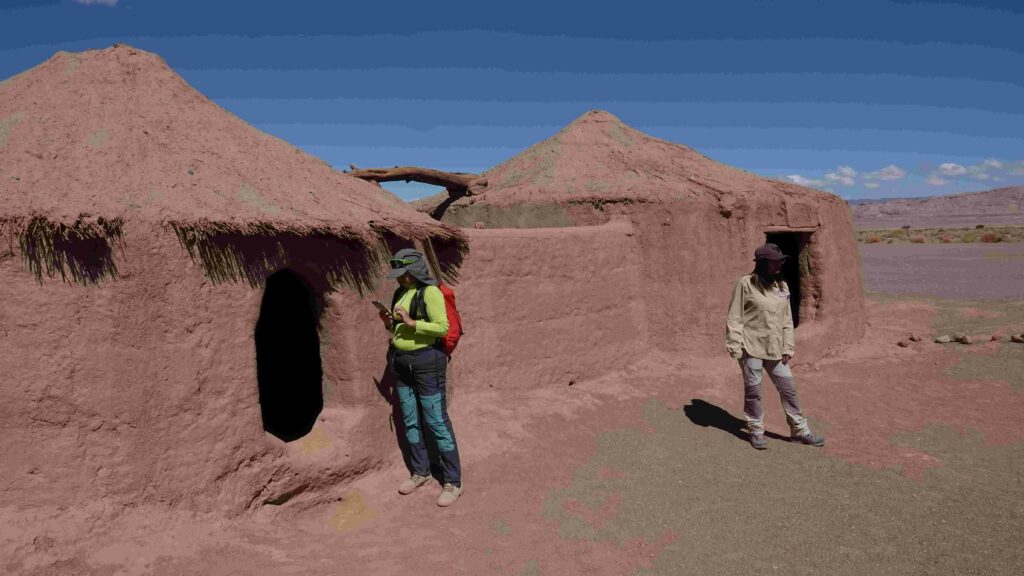
In the late afternoon clouds began to gather, billowing from the distant mountains. Then the thunder and lightening started and then … the rain! Yes it poured down.
“You won’t need umbrellas on this trip” they joked. How wrong they were. We went to a restaurant that evening and sat outside on the roof terrace with minimal cover. It was cold and wet.
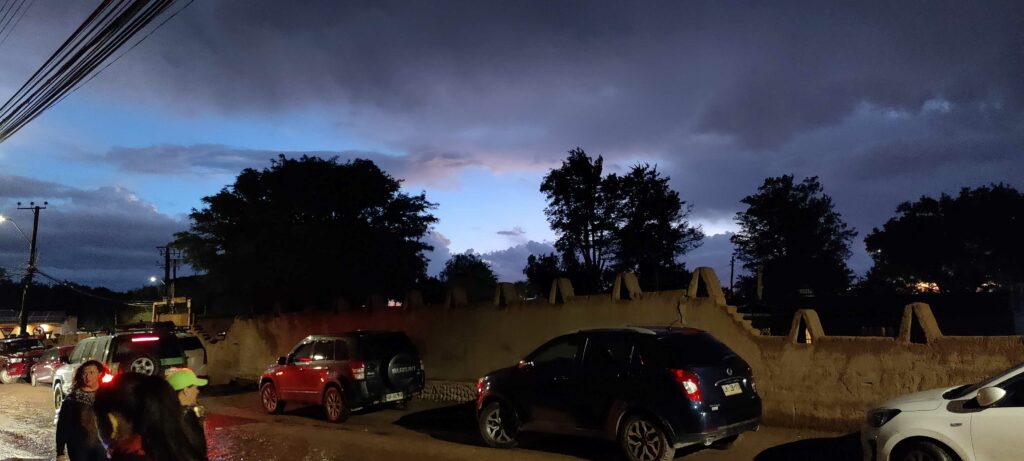
In the clear hot air the following day we went to the salt flats. This was absolutely amazing. The backdrop was the stunning snow capped volcanos of the Andes.
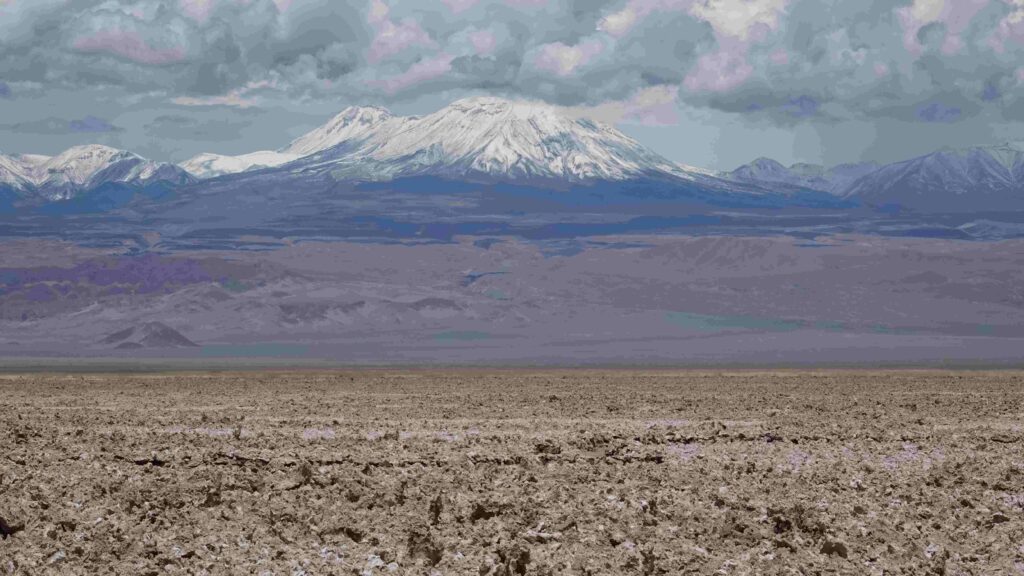
But in the foreground were the wild flamingos. The whole scene was breathtakingly beautiful, without doubt the best I’ve seen.
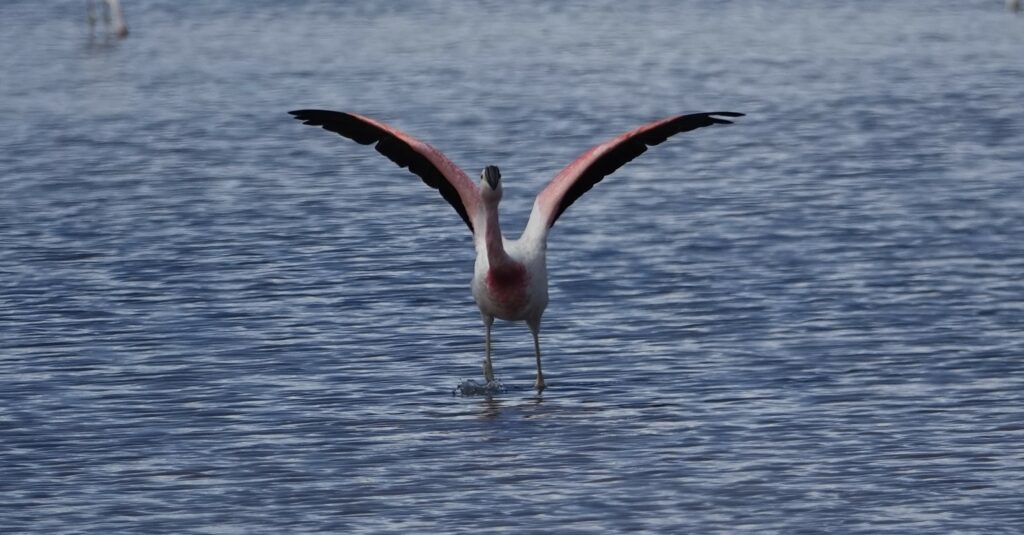
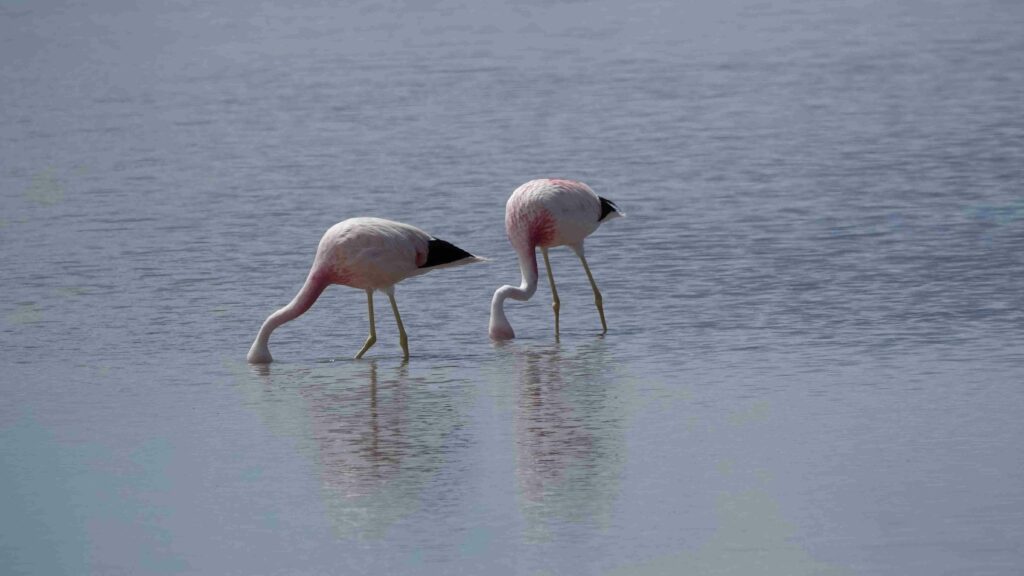

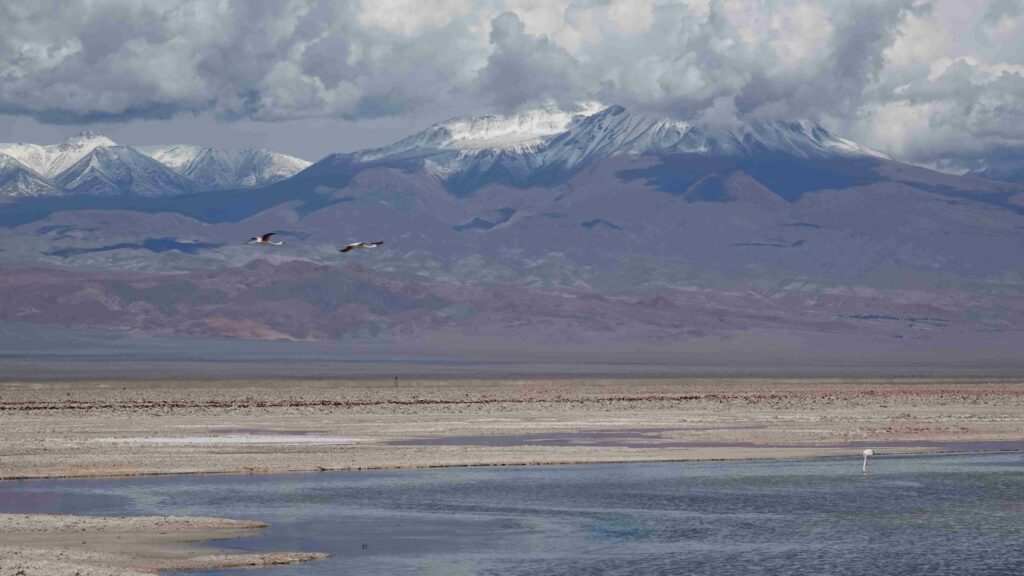
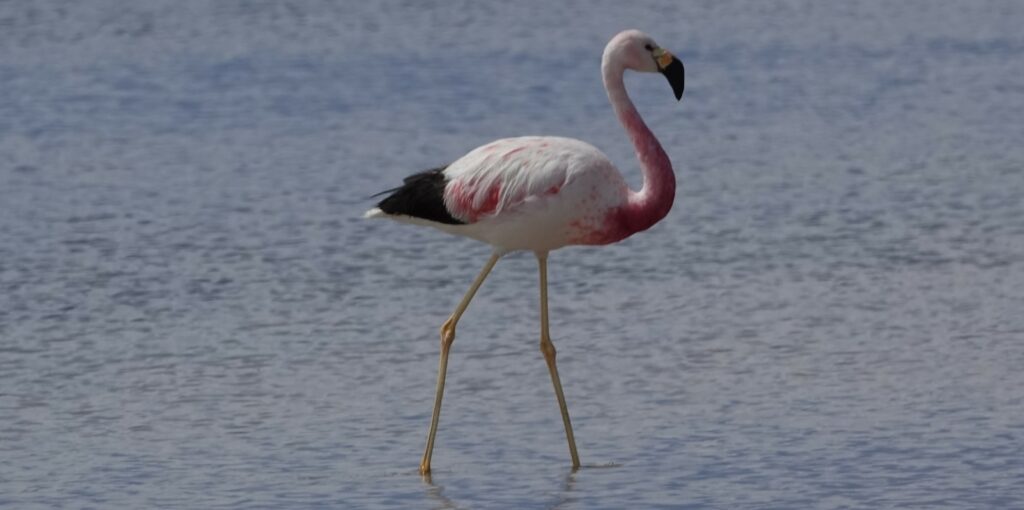
We visited a deep gorge on the way back.

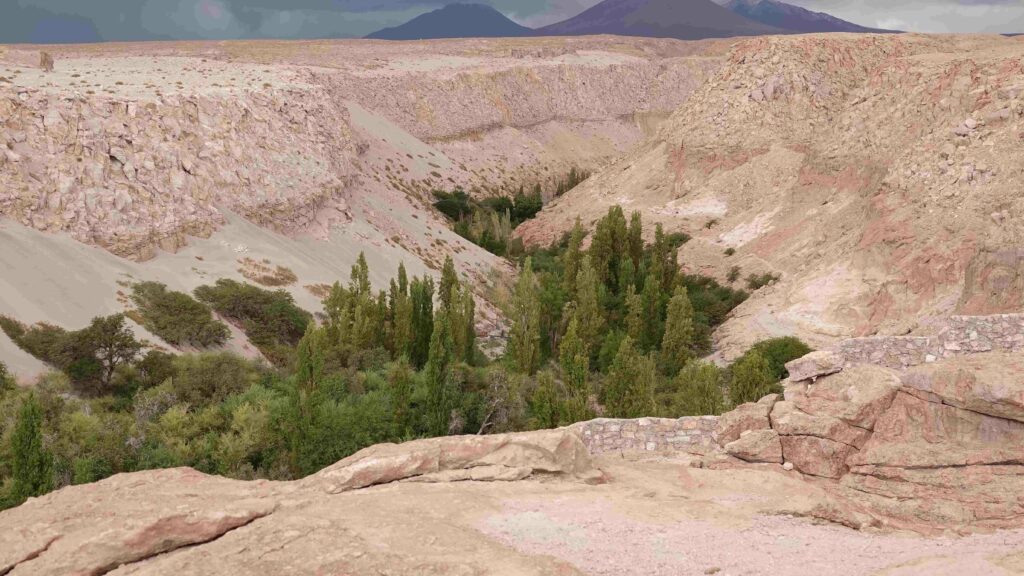


The following day we went to a Llama farm:
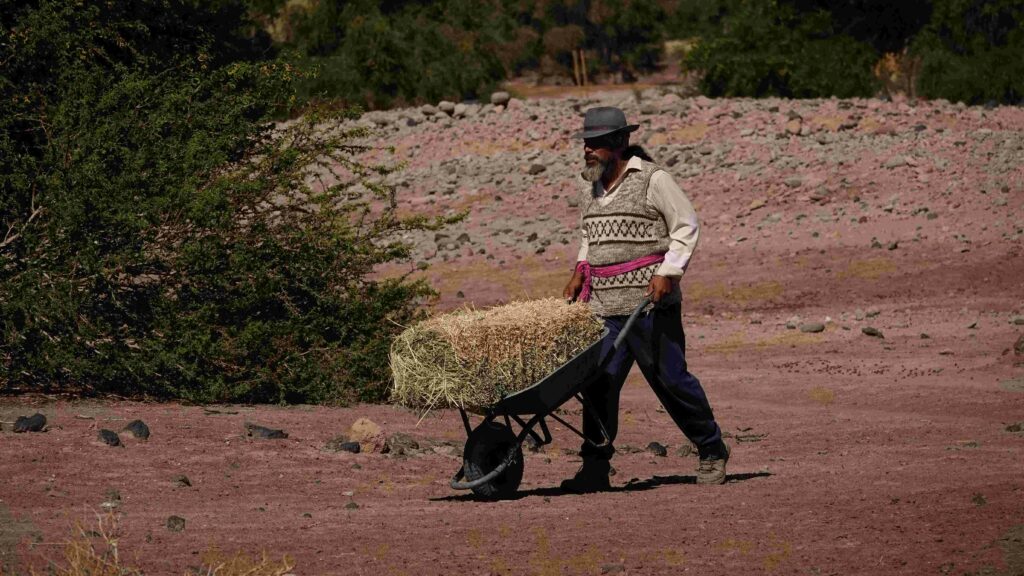
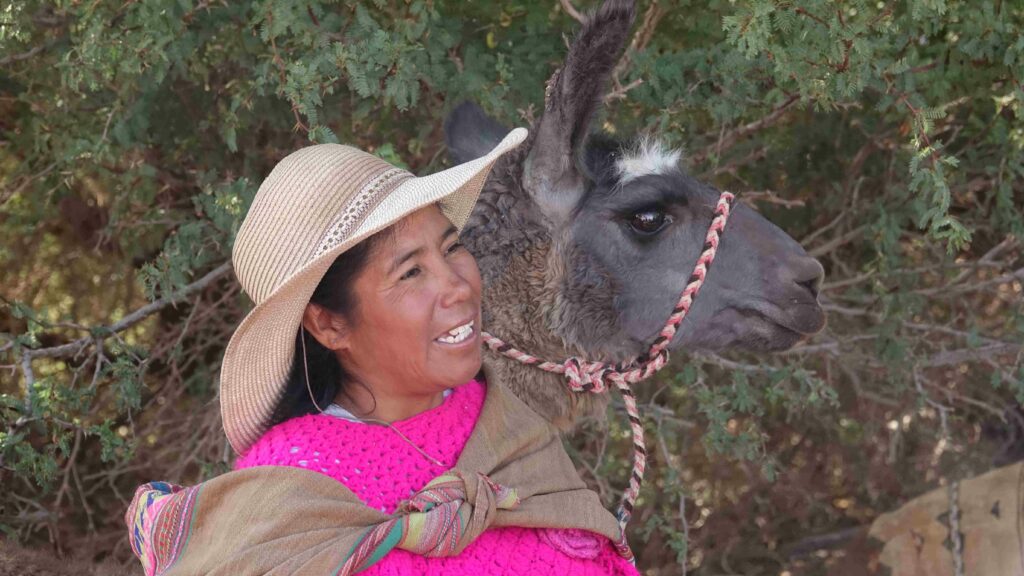
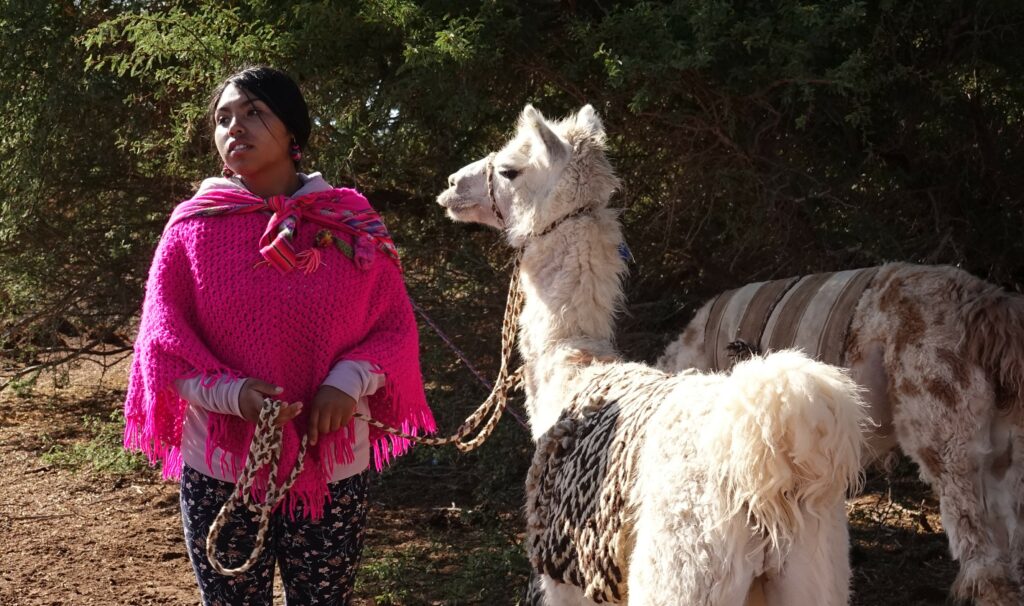
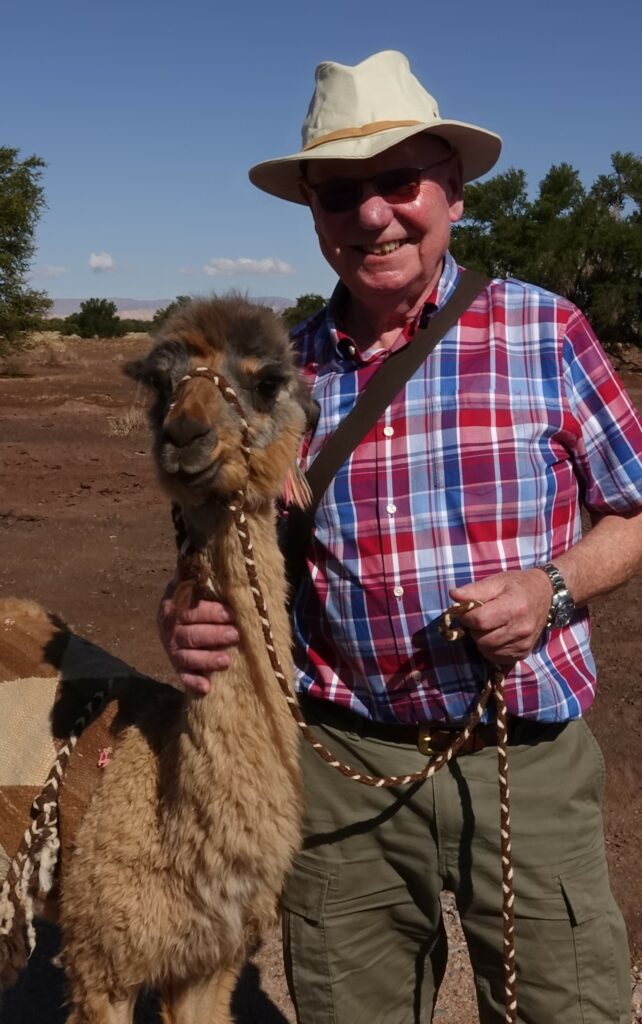

The llamas were friendly animals providing you only stroked their neck. Touch their ears and you were in big trouble.
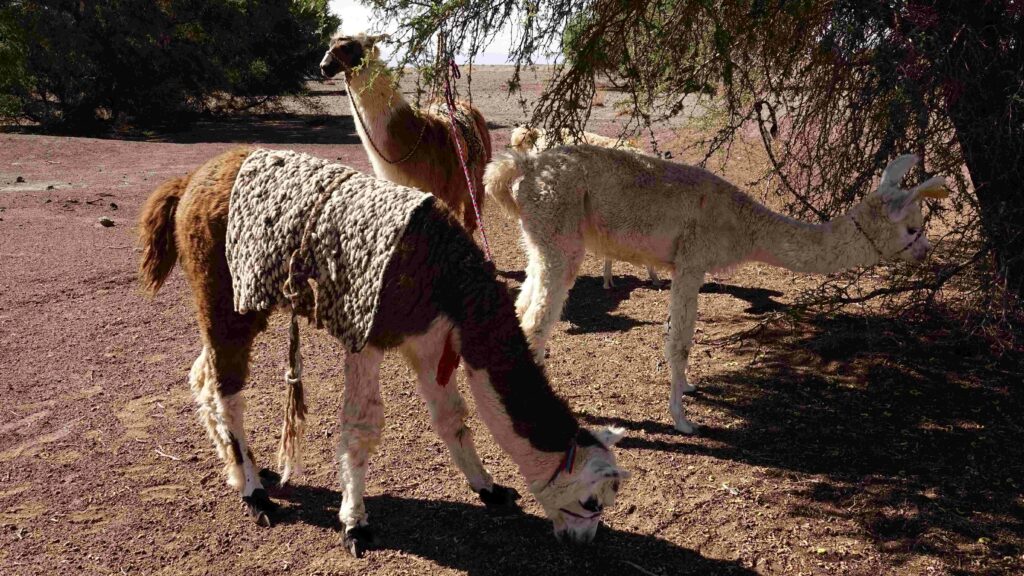
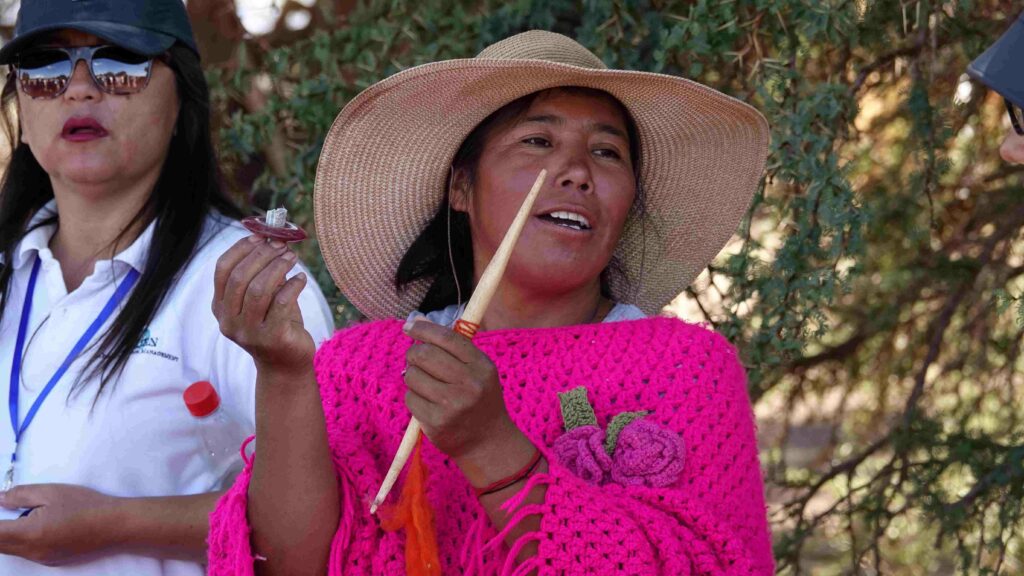
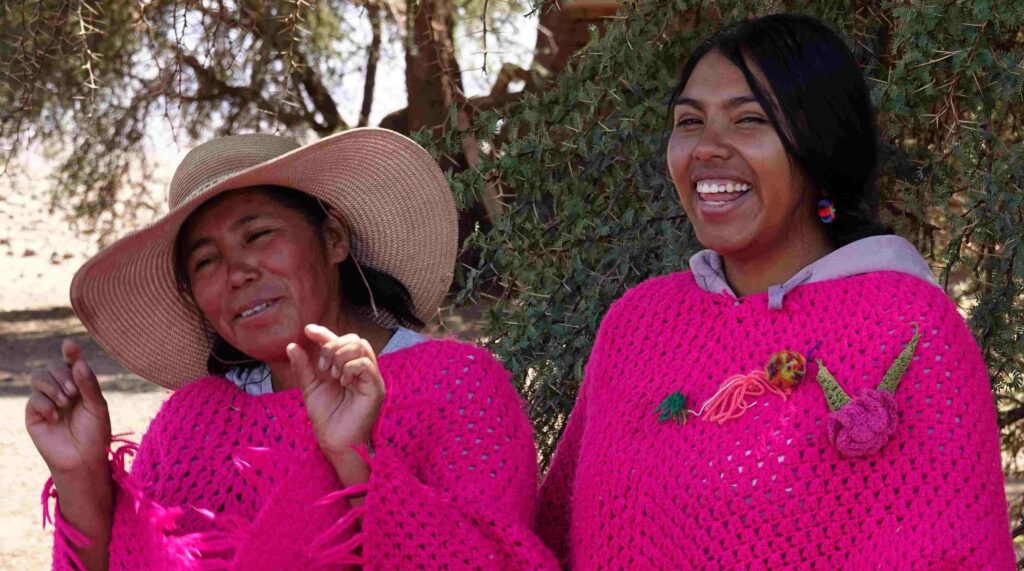
The stormy weather was repeated on the following two evenings, including the final one when we went up onto high ground to watch the sunset.
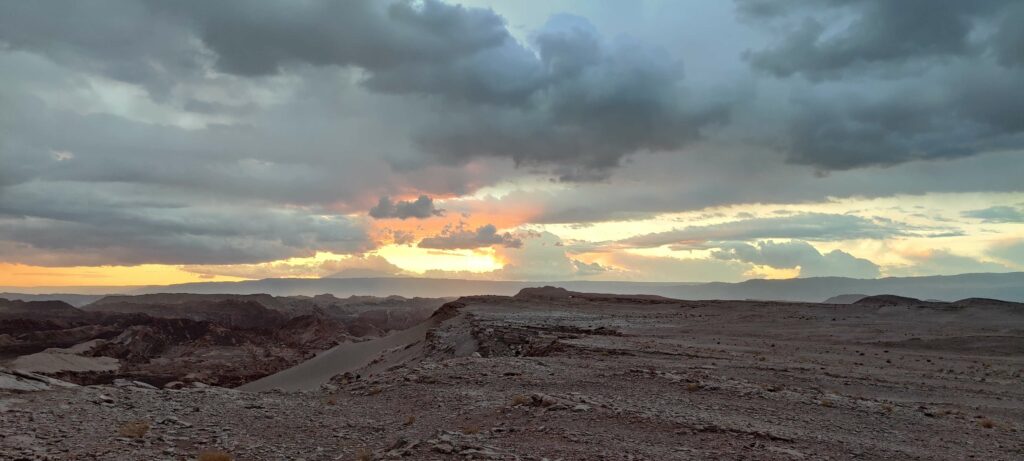
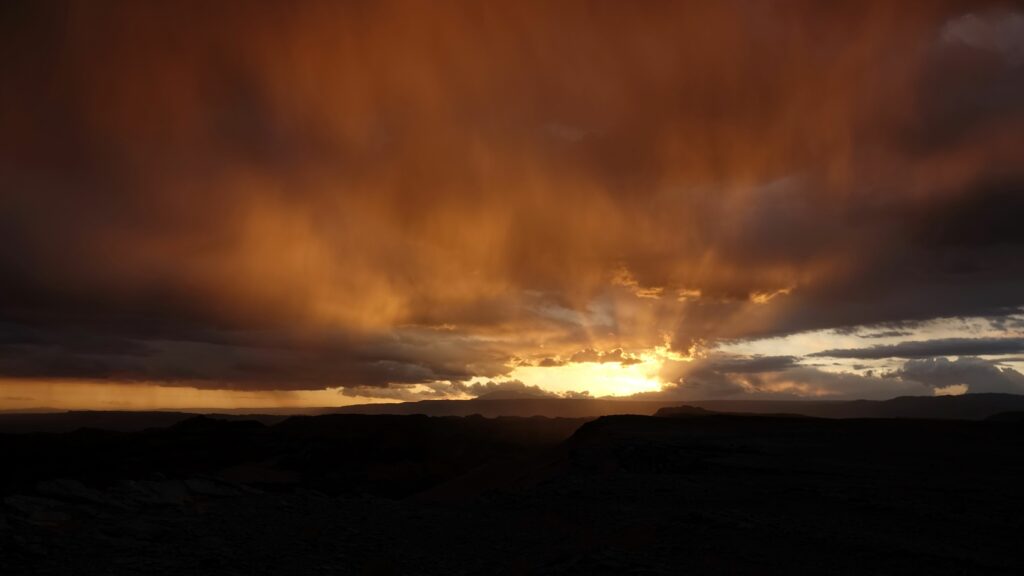
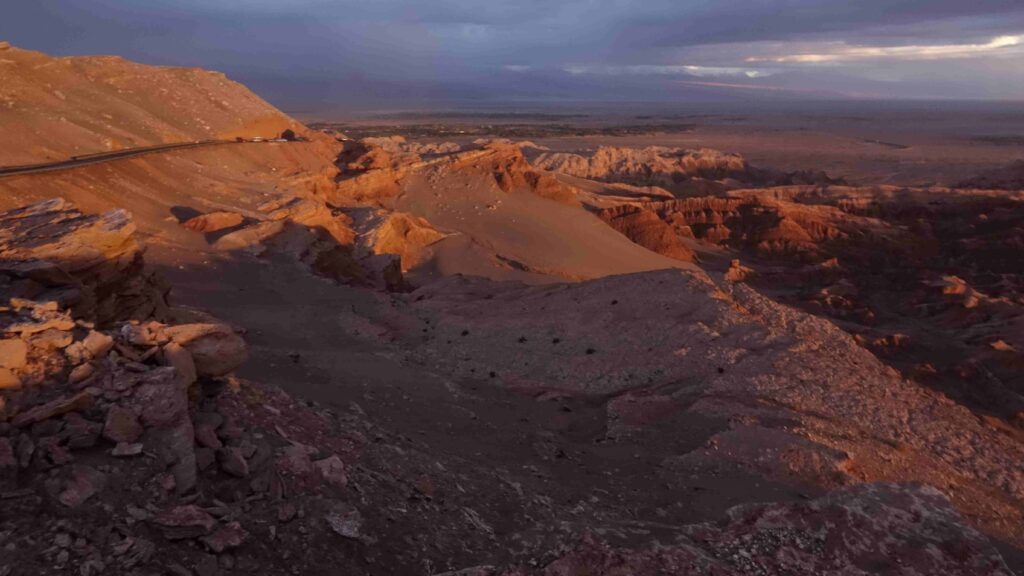

The following day we travelled to the desert town of Calama to catch the daily flight to Santiago, and from there we had a coach journey to the port of Valparaiso where the Balmoral was waiting our return.
I was looking forward to seeing the port, mainly due to my folk club memories of the shanty “We’re Bound for Valparaiso Round the Horn” still ringing in my ears. The ship sailed as soon as we were aboard so sadly the photo below was the only one I managed to get.
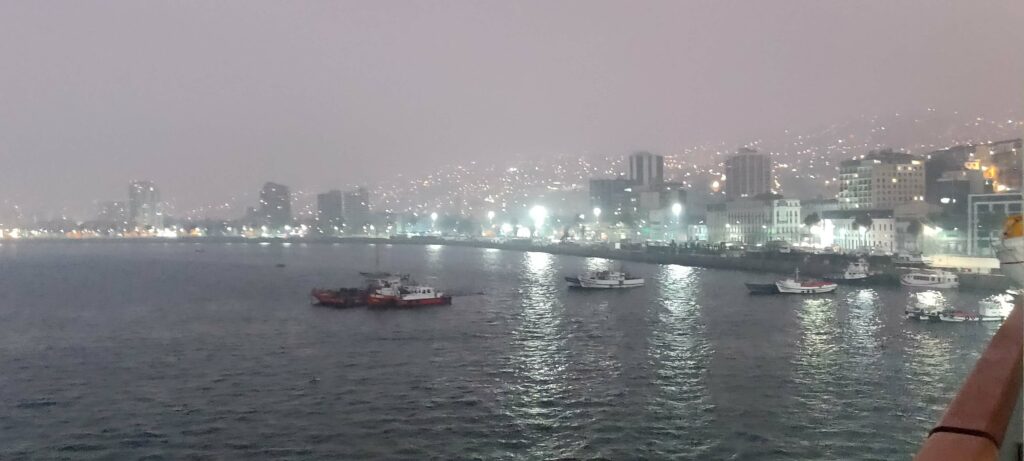
We were then on our way to Castro, a small Chilean fishing port and the start for us of the Chilean Fjords.
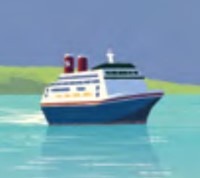
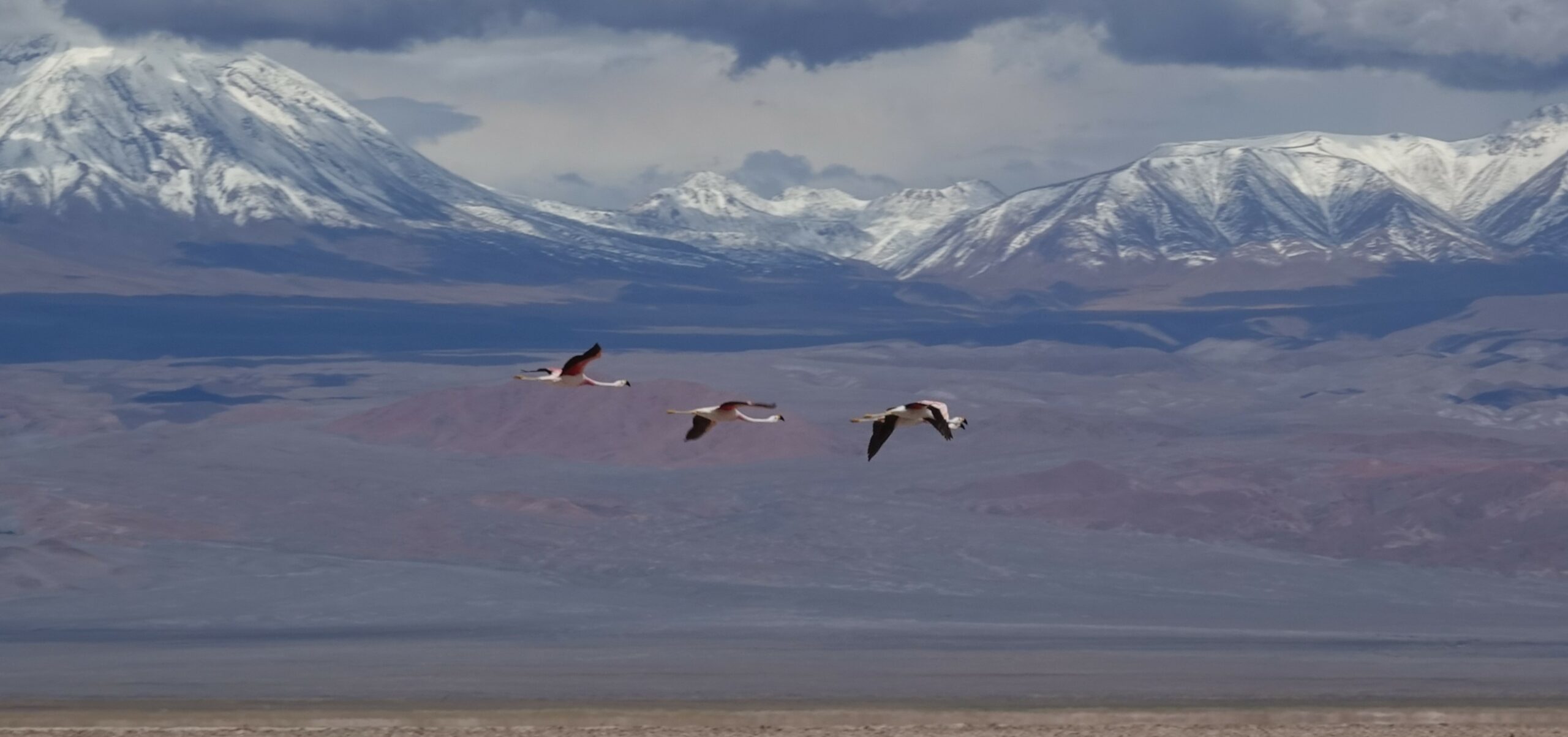
Leave a Reply